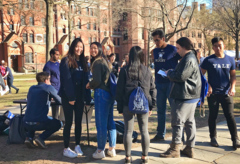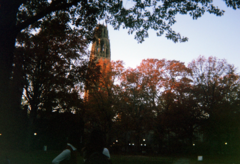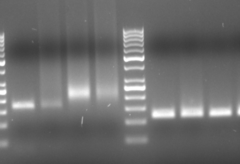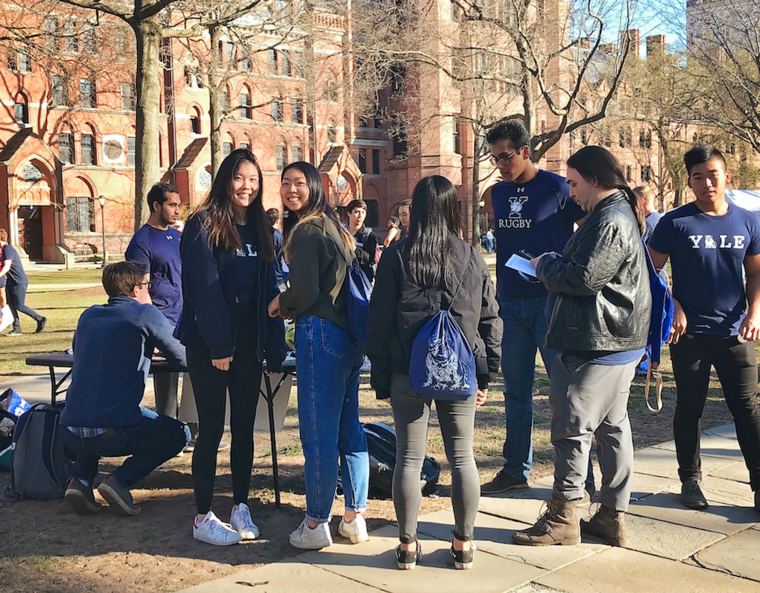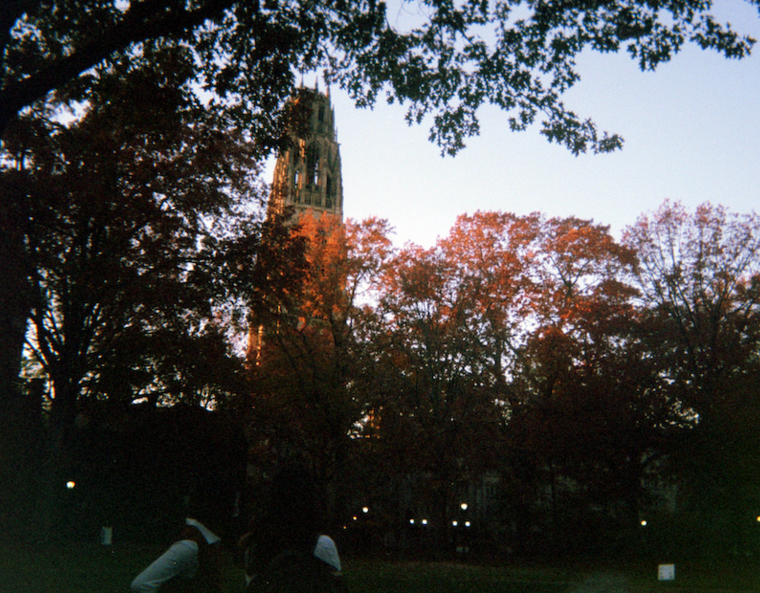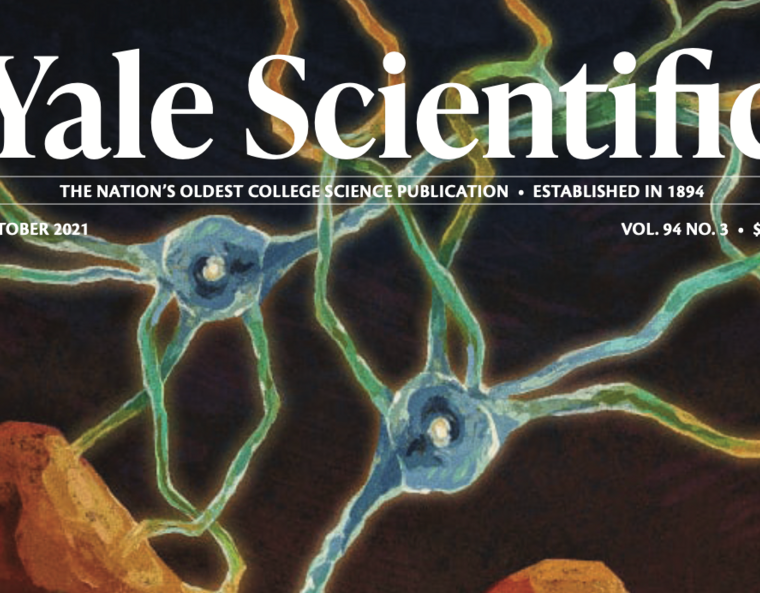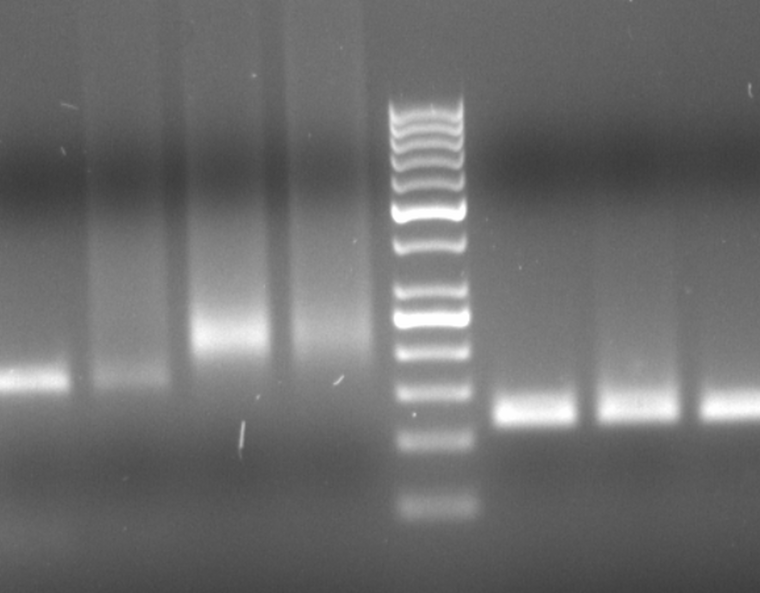
To me, one of the main academic draws of Yale was its well-known support of top-tier biomedical research. But I know first-hand that while the idea of conducting research as an undergraduate sounds nice, the actual mechanics of what that looks like in real-life seem mysterious and intimidating. In this three-part series, I’ll try to demystify everything by taking you through my personal research experience at Yale: how I got started, how I got funded, and what it’s like on a day-to-day basis.
For now, let’s start at the beginning.
I decided I wanted to jump into research during the second semester of my first year, after giving myself a few months to settle into college life. Now, it was time for the hard part, but also the exciting part: looking for a lab. There are so, so many labs doing cool things at Yale. Trying to find one to join is a bit like online shopping: there’s a ton of options, but trying to curate your cart can be a painstaking process.
I started out really broadly, knowing that I was generally interested in molecular biology. I turned to the Molecular, Cellular, and Developmental Biology department, the Molecular Biophysics and Biochemistry department, and the School of Medicine, clicking on faculty members’ profiles and reading broad descriptions of their work. I slowly realized that I was drawn towards one specific research interest: RNA. Lucky for me, Yale’s kind of a hub for RNA research, and we even have an entire center dedicated to it! By focusing on the RNA center’s website, I narrowed my search down considerably.
(Fun fact for the bio fans out there: Yale professors have made huge contributions to the field of RNA, including uncovering their splicing mechanisms, finding key non-coding classes, and revealing their complex folding structures. Many of my biology classes have discussed fundamental RNA knowledge revealed specifically because of Yale professors’ research!)
From there, I directly emailed three professors, indicating my interest in getting involved. I was pleasantly surprised by how responsive everyone was—from assistant professors who were just starting out their labs, to Sterling professors (the highest title a Yale faculty member can receive). I scheduled meetings with all of them, my stomach knotting in nerves each time I had to trek to the medical school or up Science Hill to talk with them. Luckily, all three were immensely generous in-person, too, as they introduced me to what working in their lab would look like. I really felt that I couldn’t go wrong with any; all of the labs had clearly defined, exciting projects that I could jump into, and all three professors were committed to mentoring undergraduate students.
Ultimately, I joined a lab that combines RNA and immunology, another field I’d been eager to learn more about. It just so happens that immunology is another one of Yale’s strongest areas—shoutout to the Yale immunologists and epidemiologists who have made amazing contributions to fighting the COVID-19 pandemic. I committed early in the semester, and by the next week, I was in lab and setting up my first experiment.
The rest is history: I’ve been at this lab for the past 2 years, and I’ll be doing my senior thesis project here, too. I’ve spent summers in the lab, tucked in hours between lectures and review sessions, and even worked remotely during the pandemic. Each step of the process, I’ve benefited from a ton of support: knowledge-wise, from my patient and knowledgeable mentors who put up with my many mishaps and questions, and financially, from Yale’s different funding avenues. But those are stories for a different day.


